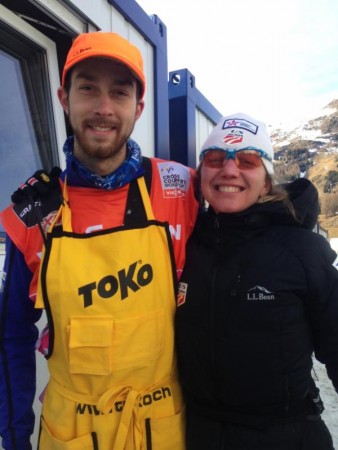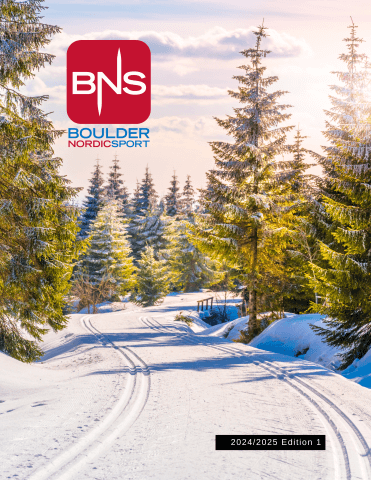
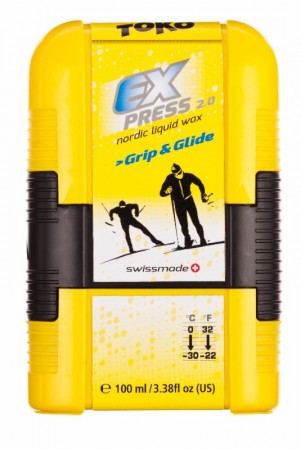
Toko Grip & Glide Wax: For No Wax Skis
We get asked all of the time how treat no wax skis and more specifically often times how to prevent wax from clumping up in the kick zone in new falling snow around 32f. The solution is simple: Toko Grip & Glide Wax.
Apply Grip & Glide Wax to the entire base of the ski – both the glide areas as well as the kick zone. The glide areas will glide faster and the grip zone will not have snow sticking to it.
One thing to watch for though is if the kick zone (tread pattern) already has dirt in the corners and cracks. If this is the case, clean it well with a tooth brush and some wax remover if there is ski wax in there or just soapy water if it is just dirt. Once this is done, then the regular preparation mentioned above will serve you well.
Grip & Glide Wax is available at most Toko Nordic dealers and has a MSRP of $15.50 for 100ml (pictured above) and $19 for the 200ml size. Enjoy!
World Cup Report from Tom Jorgenson, Team Gregg Coach and Waxer
A wax room on the World Cup looks basically the same as a wax room anywhere, except there are more skis. Products from all brands are tested and used throughout the season, but there is nothing particularly special about the products used; pretty much every Toko product, for instance, is exactly the same as the Blue, Red, and Yellow 2.0 products you can buy at your local ski shop. There is nothing special about how they are applied, either; iron wax on, cool, scrape, brush. Just like the directions tell you.There is also nothing special about how decisions are made about what to use: we test. A lot. Toko offers a couple different suggestions for applying JetStream 2.0 Powder, and in Davos we used a Toko powder to test several different application methods to determine which was the fastest and most durable. If you want to learn what waxes to use at what times, or learn about how better to apply them, just test. Put different things on different skis, and go skiing. Write down what you learn; where a ski feels like it’s shooting you down the trail or where it ploughs into the snow, what kind of snow your kick wax drags in or how fast it wears off. It’s also important to ask questions; most people are very willing to share their knowledge and ideas, and you may be surprised that you know something worth sharing too.
So much waxing is just play. It’s experimentation, and patience. Each World Cup tech has a Moleskine notebook that they fill over the course of a season with notes about their athletes’ skis, schedules for race mornings, lists of what waxes are on which test skis and which were the best, what snow conditions were like on a particular day of racing and what race waxes were used. In just one week, I filled probably a dozen pages worth of notes.
I wish I had some sort of revelation to share about the secret to waxing perfect skis every time, or an insider’s tips and tricks from the World Cup. But the thing is, there really aren’t any. Just play around with different stuff, and have the patience to do things according to the directions. This is what Toko is so good at: they keep things simple. There are no secrets to using their products. And their products make World Cup-quality fast skis.
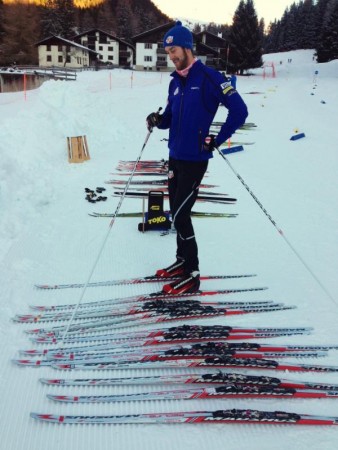
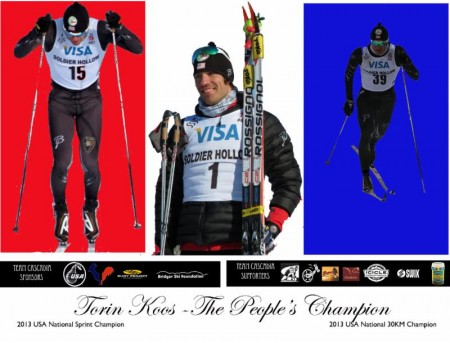
Toko All Stars: Torin Koos
1. Who was your skiing role model when you were growing up and why?
Definitely Gunde Svan. From training to technique, he was so ahead of his time. He even would change out the alloy tips on his ski poles for titanium. When you’re doing that, you’re dialed in.
2. What skier inspires you currently and why?
Gianluca Cologna. It’s got to be tough to ski in the shadow of your older brother when he’s got three gold medals. But Gianluca’s been on the World Cup podium before. And he will be again.
3. Favorite race course and why?
The big steep climbs of Oberstdorf make the German course my favorite race venue. I’ve only got one American Birkebeiner under my belt, but that course has a special vibe and flow as well.
4. Favorite workout and why?
Ski bounding at SoHo. A skier is born in the summer.
6. Favorite movie line and why?
“Cinderella story. Outta nowhere. A former greenskeeper, now, about to become the Masters champion. It looks like a mirac… It’s in the hole! It’s in the hole! It’s in the hole!”
– Carl Spackler
Because its classic Caddyshack. And you gotta dream big.
7. Favorite Toko glove model (and/or color) and why?
Toko Profi. The fit and feel are just right with this glove.
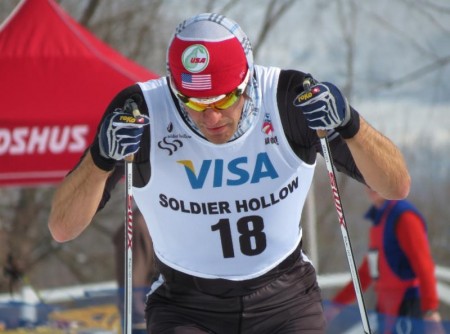
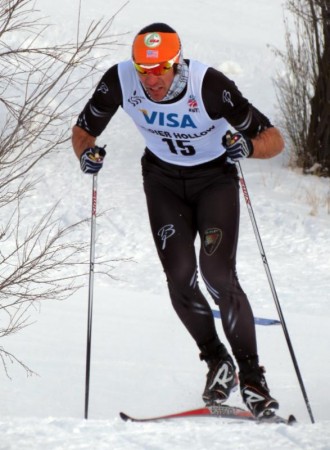
Sun Valley SuperTour Field Reports – What the teams used in their own words:
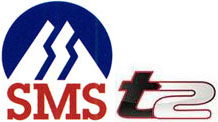
For the CL sprint day I prepared a qualifier and round ski for each athlete. Temperatures were forecasted to get relatively cold and clear overnight and I figured we would at least be looking at some firm tracks in the morning and some sort of binder and hard wax for the qualifier before conditions soften and turned into unconsolidated sugar. One big challenge for an all classic weekend was to have a few different ski options to deal with changing conditions, especially as the western sun came out on saturday and forecasted snow moved in on sunday. Low base snowpack, coupled with lots of shoveling and a lack of moisture meant that the crystals didn’t have enough structure to form a solid track surface on the steeper climbs and we were going to see sugar out there at some point. Skiers needed a ski with enough camber to handle a warm dry wax, but with a soft enough finish to hold wax down on soft snowpack. For the qualifier I went ahead and applied LF blue, then HF blue. I didn’t go ahead and powder as I was planning on top coating skis during round and liked the speed of blocks over straight HF blue. In the morning I went ahead with JetStream Blue 2.0 block straight up as I liked the top end more than Helix spray in the tracks. I also went ahead and applied hard wax binder cut with a softer hard wax ironed in to the kick zone. Toko green hard wax binder excels in very abrasive conditions as it helps hold wax from stripping but when put on the night before can actually be too firm and inelastic to handle a soft dry wax in loose sugary conditions. For the qualifier I went ahead and used a warmer violet hard wax shelled with a blue hard wax for speed. I dialed in thickness and layering on athlete skis with the warmer wax bringing the kick up to a thickness they felt comfortable with, then shelled with a colder wax for a bit more speed and “freeness”.
Round skis I worked up with a warmer paraffin and jumped to Jetstream red block and spray for a topcoat. By the time of the afternoon rounds, the sun had gotten high enough for some solar effect and slight glazing in places. I stripped off the binder and abandoned shelling the kick wax as temperatures were too warm to freeze the kicking wax in a short time table. I also applied light linear hand structure to the tail of the ski to deal with any moisture or glazing in the track on the downhill finish and try to wring out a bit more top end speed from skis.
Overall I was relatively pleased with our skis although with limited testing resources and time during the rounds picking and dialing in race kick wax often involved some judgment calls especially on many new and unfamiliar race skis. Picking the appropriate ski for sugary conditions and dialing in thickness and and application definitely had the largest effect on kick security and speed, rather than picking the dry wax was working best around race time.
MST Distance:
For the distance race I figured we would be looking at conditions closer to the rounds of the CL sprint than the qualifier. I worked the same round skis up again with HF Red and burnt powder for some extra durability for the longer distance. I also went ahead and applied hard wax binder again cut with a soft dry wax for some durability and elasticity. With the warmer temperatures overnight I started athletes kick testing on a wax similar to their round ski from the day before. Although the snow had re-crystalized somewhat overnight, overall it was acting pretty warm and we quickly shot past the blue range into a stronger warm dry wax. Glide again was Jetstream red block with Helix spray. I left the same linear structure in the tails of the ski from the previous afternoon for the traffic of the mass start. As conditions broke down further for the guys race, I bumped them up into a stronger, stickier dry wax, trying very carefully not to over wax the pocket and slow the ski down considerably. A last minute snow squall minutes before the guys start had me rushing to cover with a colder wax and liquid floro the front and back of the zones to help minimize any risk of icing. Ultimately the snow held off and this probably want necessary and robbed some kick security but was worth the risk with the snow forecasted to start right as the gun went off for the guys race.
– Pat O’Brien, Head Coach SMST2 Team

Classic Sprint Super Tour December 5, 2015.
Conditions: Hard track with cold temperatures in the early morning ~7 degrees Fahrenheit warming to mid 20s during the middle of the day. Mid- low humidity and tracks set very nicely despite the warm temps the proceeding days before.
Waxes Used: HF Black paraffin base. Toko HF Red. Topcoat: Toko Red 2.0 JetStream Block for the qualifier. Toko HB 004 Block for the heats.
Classic Mass Start 10/15k December 6, 2015
Conditions: Loose granular track with temperatures in the low 20s overnight. As the day progressed it looked like it was going to snow, but it never amounted to any accumulation. Highs around Men’s race time were 29-30 degrees F. Humidity was approximately 55-60%. Track deteriorated after the Women’s Mass Start competition.
Waxes Used: HF Black paraffin base. Toko HF Red/Blue mix. Toko HB 004 Powder. Toko Red 2.0 JetStream Block.
Both days another brand’s kick wax were used
-Colin Rodgers, Head Coach Sun Valley Gold Elite Team
Saturday Classic Sprint:
Heading into the races last weekend at Sun Valley conditions were classic dry western snow. However, there were a few factors that pushed us away from a colder glide options and ultimately to the paraffin layer, Toko HF Red, which we used. Primarily, warmer temperatures on the day before the race combined with heavy skier traffic on a small loop caused the tracks to ski much warmer than the surrounding snow. For a top coats we liked the temperature range the 2.0 Jetstream Red gave us. We went with a powder layer, ironed in the night before. On race morning we quickly learned that liquids were running better than blocks, even in the cold temps and opted for a 2.0 Helix Red as our race finish.
Sunday Classic Distance:
For Sunday’s race we stayed with our paraffin base layer of Toko HF Red. This was in part due to wide range of Toko Red and a decent chance for a mid-race 30°F snow storm. The top coat was again Toko Jetstream 2.0 Red Powder. We went with a 2.0 Red Block layer for the freer feel and breaking speed over the tops of hills. Since the course was a short and hilly loop most teams opted for more kick. While some teams used a base layer of klister with a colder hard wax cover, we were able to find a hard wax combination strong enough to get us up the hills.
For kick on the weekend, we found that we were able to wax pretty warm while not sacrificing glide. We felt that having solid kick was important as the courses were all heavy striding. A kicker of Toko Yellow sandwiched in Toko Red was a good option, especially with the high humidity on Sunday
– Spencer Eusden, Sugarbowl Elite Team



